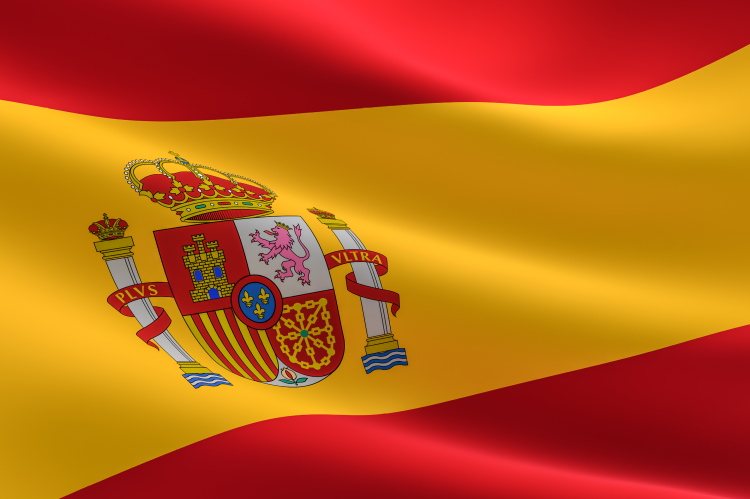Spain to Supply About 2.5Mn tpa Green Hydrogen to EU’s Markets Via H2Med Pipeline by 2030

Spain could be the leading supplier of renewable fuel to meet the future demands of industrial users within the EU, the country’s grid operator Enagas said last Thursday during the company’s hydrogen event in Madrid, Upstream reported on Wednesday, January 25, 2023.
During the event, the chief executive of Enagas, Arturo Gonzalo, emphasized Spain’s role as the “first European hub” for clean hydrogen supply to northern and western Europe where bulk green hydrogen market is expected to develop.
“Enagas aims to act as a catalyst of the hydrogen market,” Gonzalo said.
Engas says Spain could produce 2 million to 3 million tonnes of green hydrogen per year, Export about 2.5 million— 2 million tonnes annually through the H2Med pipeline via France, and 450,000 tonnes annually by sea.
According to Engas’s forecast, the production could increase significantly to up to 4 million tpa by 2040, owing to many green projects such as Cepsa and Repsol, which are currently under consideration. Spain would also transport green hydrogen from her neighbor Portugal, resulting in additional 750,000 tonnes of annual imports by 2030.
“There will be areas that will particularly be in [supply] deficit for renewable hydrogen, such as Germany and the European industrial heartlands,” said Gonzalo, adding that the market developments will attract steady supplies.
Spain and Portugal plan to export hydrogen to European markets through the H2Med pipeline project announced last December. The pipeline would connect northern Spain through southern France and extend to Germany, according to French President Emmanuel Macron’s announcement on Sunday, January 22, 2023.
When completed, the H2Med gas pipeline could supply some 2 million tpa, covering 10% of Europe’s hydrogen demand by 2030.
“The [proposed] hydrogen network coincides with more than 80% of the existing gas network,” said Gonzalo, adding that “There is an enormous synergy between the two.”
Gonzalo added that utilizing the existing gas pipeline networks could help cut the licensing timeline by 50% and offset 30% of costs. The pipeline infrastructure will need a high level of investment, which will be utilized from 2026 when the pipeline construction begins.
Meanwhile, Enagas plans to upgrade and extend the existing pipelines to create a network of interconnectors to link hydrogen import and production areas in Spain, such as Galicia and Andalusia, to the H2Med export route that will run offshore, from the coast of Barcelona to Marseille.
One of the interconnectors, CelZa, would run across the Portuguese border, allowing Portugal to export excess hydrogen output to European markets through the H2Med pipeline.
